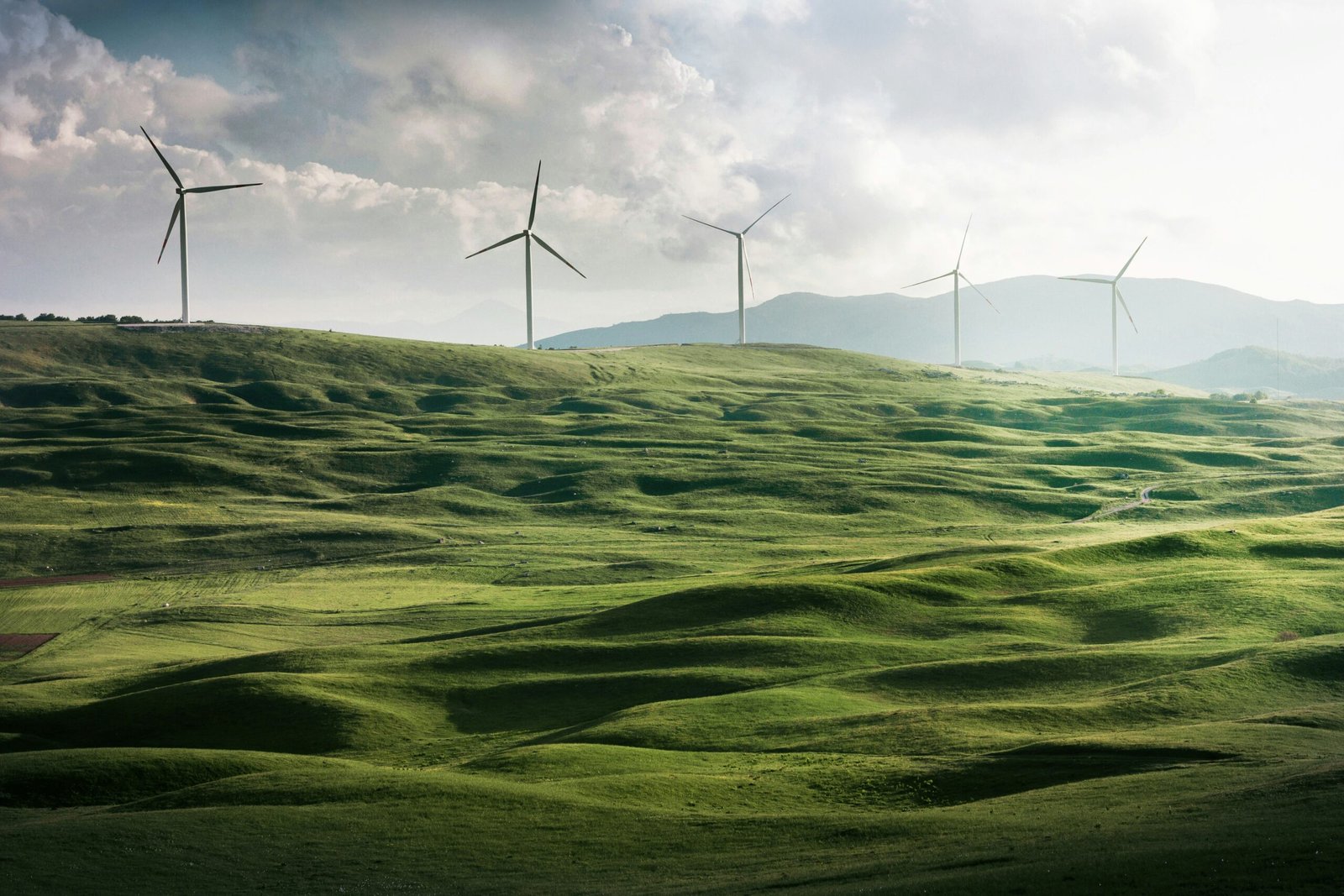
The Importance of Fostering New Ecosystems in the Energy Transition
The Importance of Fostering New Ecosystems in the Energy Transition
As the world continues to grapple with the challenges of climate change and the need to transition to sustainable energy sources, the concept of fostering new ecosystems in the energy sector has gained significant attention. The traditional energy industry, dominated by fossil fuels, is being disrupted by the rapid growth of renewable energy technologies. In order to effectively navigate this transition, it is crucial to create and support new ecosystems that can drive innovation, collaboration, and the adoption of clean energy solutions.
Understanding Ecosystems in the Energy Sector
Before delving into the importance of fostering new ecosystems, it is essential to understand what an ecosystem means in the context of the energy sector. An ecosystem refers to the interconnected network of organizations, businesses, individuals, and technologies that work together to provide energy services and solutions.
In the traditional energy industry, the ecosystem was primarily composed of large utility companies, oil and gas producers, and centralized power generation facilities. However, the energy transition has given rise to a new breed of actors, including renewable energy developers, energy storage providers, grid operators, and energy management platforms.
These new players are reshaping the energy landscape and challenging the dominance of traditional energy incumbents. They bring fresh perspectives, innovative technologies, and a strong commitment to sustainability. By fostering new ecosystems, we can harness the collective power of these diverse actors to accelerate the transition to clean energy.
Driving Innovation and Collaboration
One of the key benefits of fostering new ecosystems in the energy transition is the potential to drive innovation and collaboration. Traditional energy systems were characterized by a top-down approach, with centralized decision-making and limited opportunities for collaboration.
In contrast, new ecosystems encourage collaboration between different stakeholders, including researchers, entrepreneurs, policymakers, and investors. This collaboration facilitates the exchange of ideas, expertise, and resources, leading to the development of innovative solutions to the complex challenges of the energy transition.
For example, in a renewable energy ecosystem, a solar panel manufacturer may collaborate with a battery storage company to develop integrated solutions that optimize the use of solar energy and enable grid independence. This kind of collaboration can lead to breakthroughs in technology, cost reductions, and increased efficiency.
Furthermore, fostering new ecosystems can attract a diverse range of participants, including startups and small businesses. These innovative and agile companies often bring fresh perspectives and disruptive technologies to the table. By creating an environment that supports their growth and collaboration with established players, we can unleash their full potential and accelerate the pace of the energy transition.
Enabling the Adoption of Clean Energy Solutions
Another crucial aspect of fostering new ecosystems in the energy transition is the ability to enable the adoption of clean energy solutions at scale. While renewable energy technologies have made significant progress in recent years, there are still barriers to their widespread adoption.
These barriers include the high upfront costs of renewable energy systems, the intermittency of renewable sources, and the need for robust energy storage and grid integration solutions. By fostering new ecosystems, we can address these barriers and create an enabling environment for the deployment of clean energy solutions.
For instance, a well-developed ecosystem can bring together financial institutions, project developers, and policymakers to design innovative financing mechanisms that make renewable energy projects more affordable and accessible. It can also facilitate the collaboration between renewable energy developers and energy storage providers to create integrated solutions that overcome the intermittency challenge.
Furthermore, a strong ecosystem can support the development of smart grid technologies and demand response programs, which enable better integration of renewable energy into the existing grid infrastructure. By addressing these barriers and enabling the adoption of clean energy solutions, we can accelerate the transition to a sustainable energy future.
The Role of Policy and Regulation
While fostering new ecosystems is crucial for driving the energy transition, it is important to recognize that policy and regulation play a vital role in shaping the development and growth of these ecosystems.
Effective policies and regulations can provide the necessary framework and incentives to encourage collaboration, innovation, and the adoption of clean energy solutions. They can also help level the playing field by removing barriers and creating a supportive environment for new entrants in the energy sector.
For example, feed-in tariffs and renewable portfolio standards have been instrumental in driving the deployment of renewable energy technologies in many countries. These policies provide financial incentives and regulatory certainty, which attract investments and encourage the development of renewable energy projects.
Similarly, policies that promote energy efficiency and decarbonization can create market opportunities for energy management platforms and other clean energy solution providers. By aligning policy and regulation with the goals of fostering new ecosystems, we can create a favorable environment for innovation and collaboration.
Conclusion
The energy transition presents both challenges and opportunities. By fostering new ecosystems in the energy sector, we can harness the power of collaboration, innovation, and adoption of clean energy solutions. These ecosystems bring together diverse stakeholders, including traditional energy incumbents, startups, researchers, and policymakers, to create an environment that supports the development and deployment of sustainable energy solutions.
However, it is important to recognize that fostering new ecosystems requires a holistic approach that encompasses policy and regulation, financial incentives, and supportive infrastructure. By aligning these elements, we can accelerate the transition to a clean energy future and mitigate the impacts of climate change.